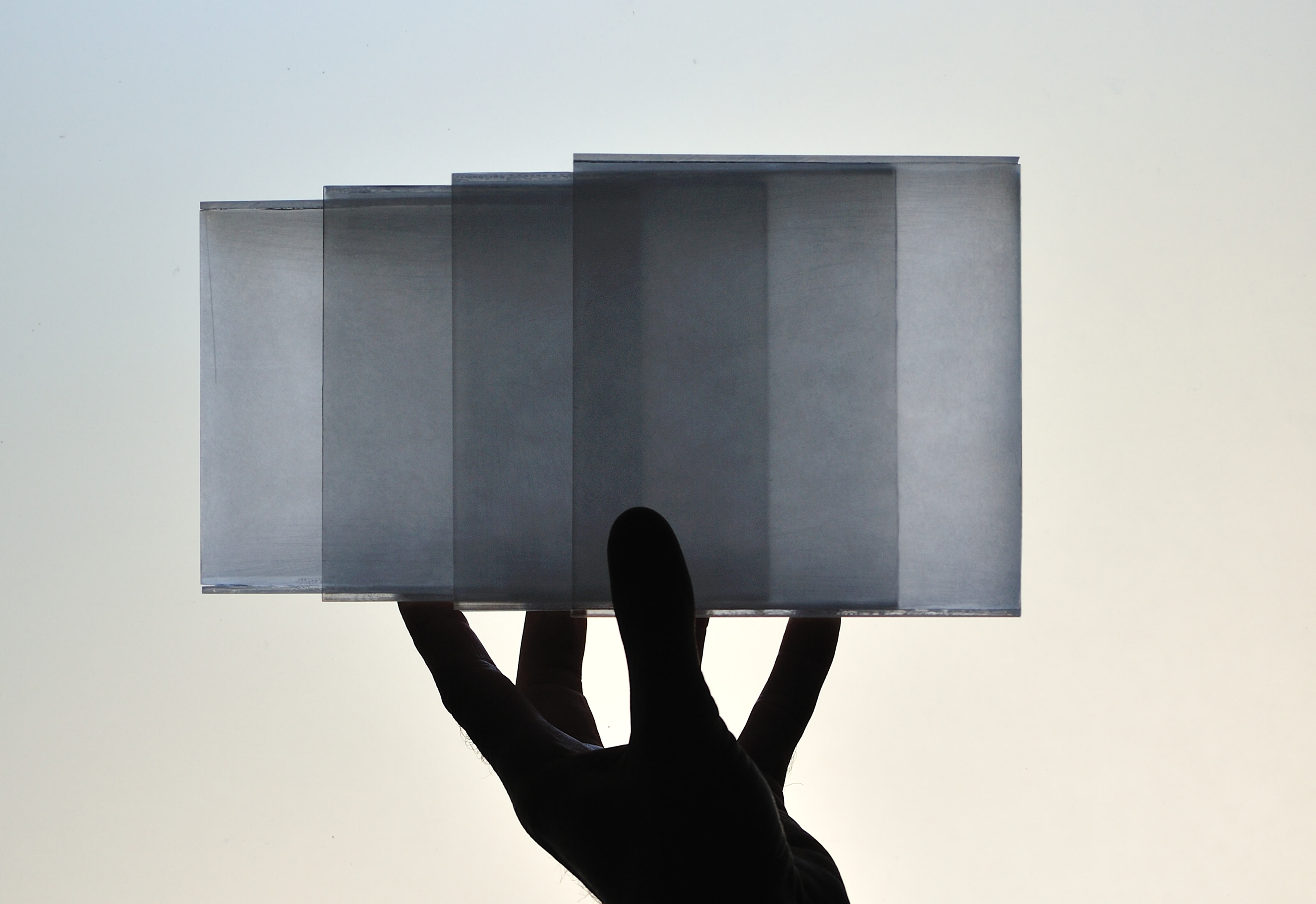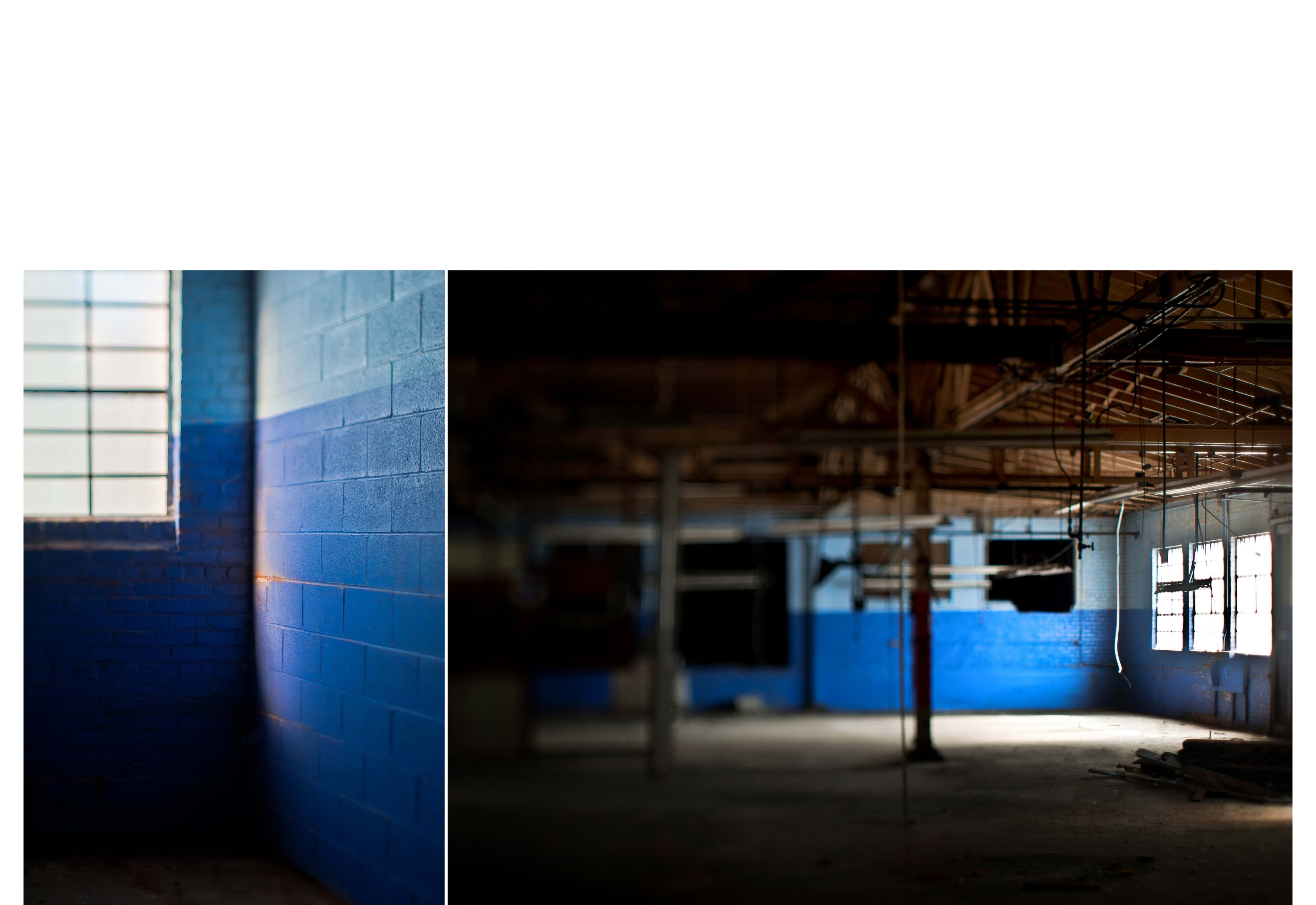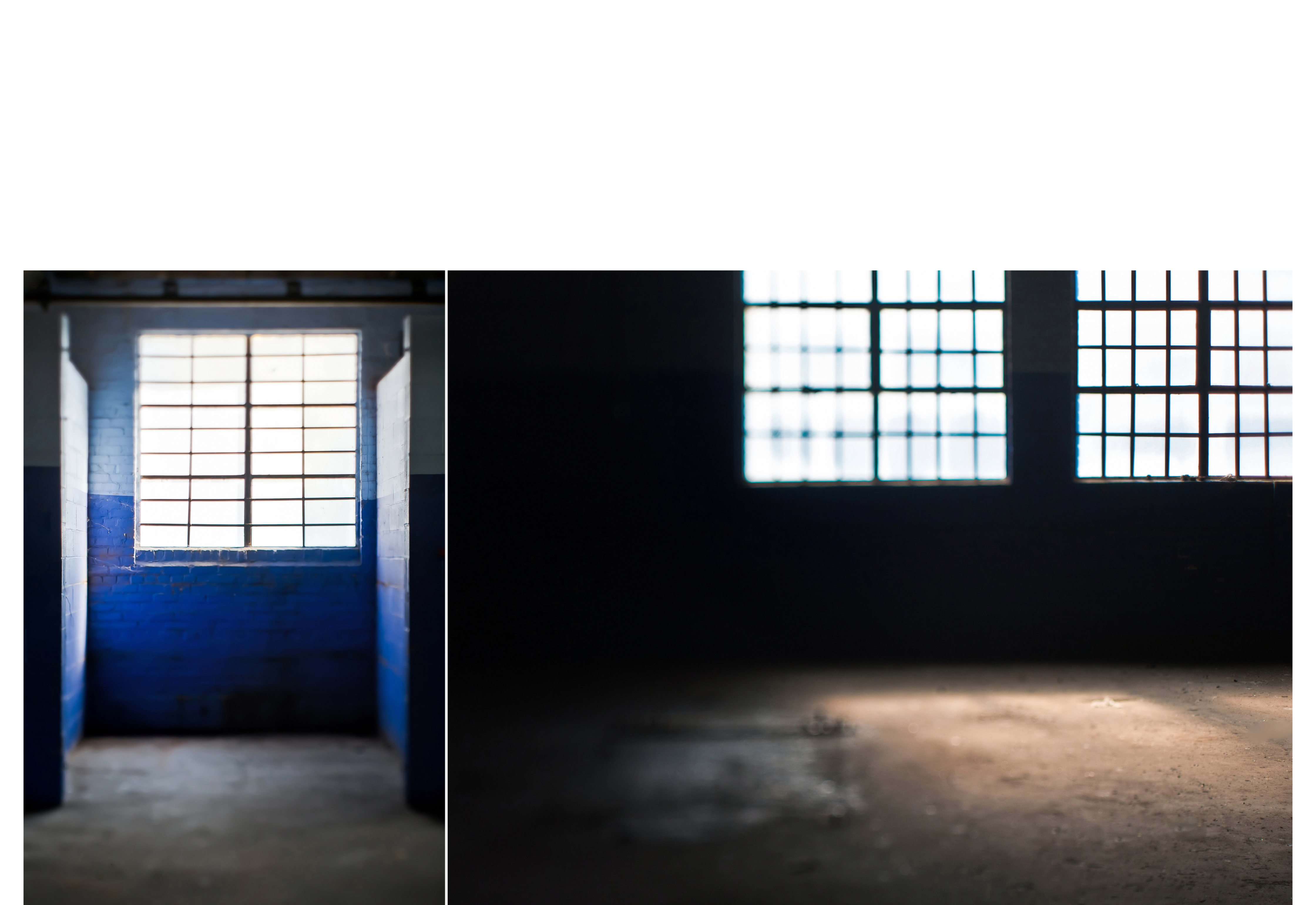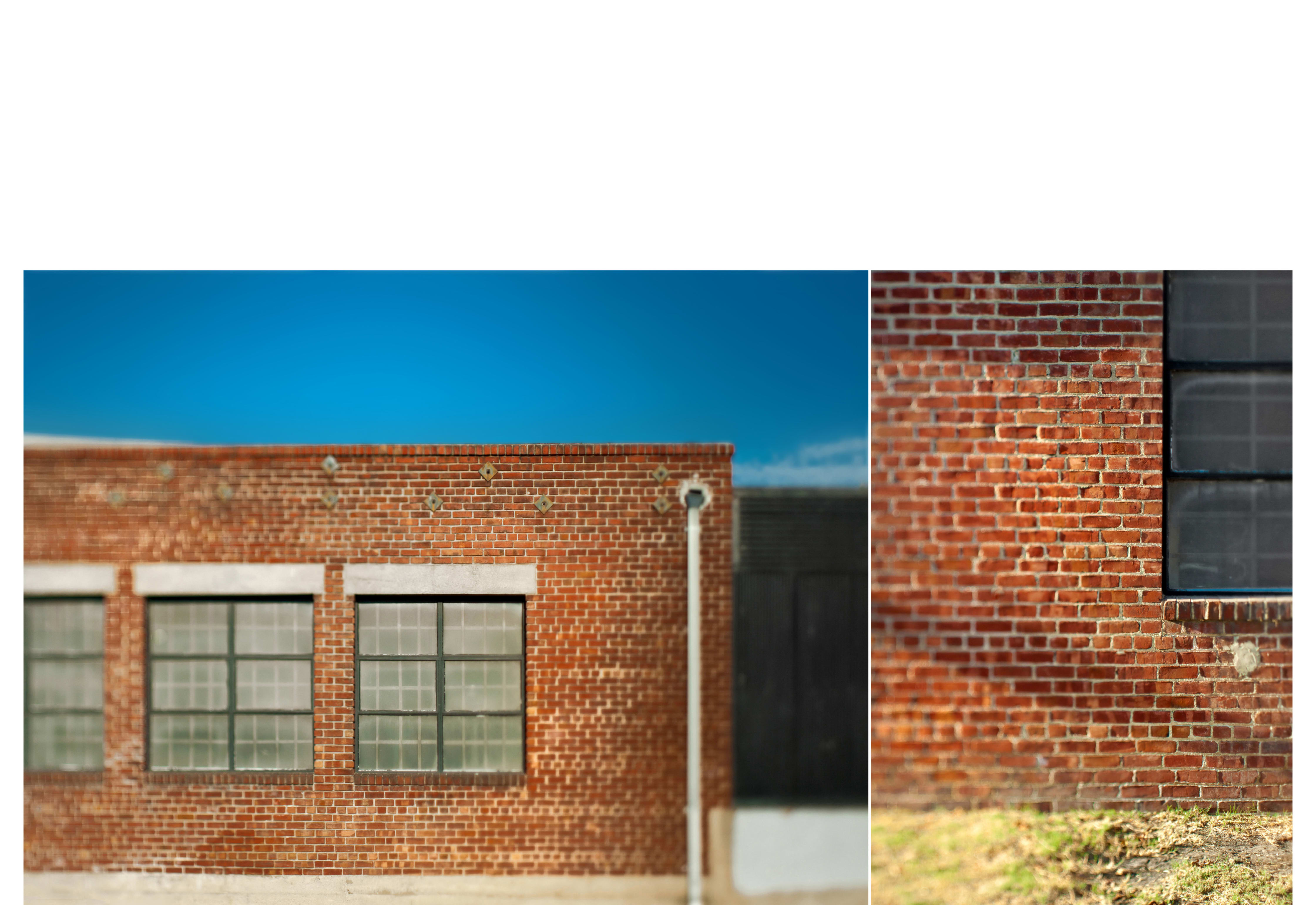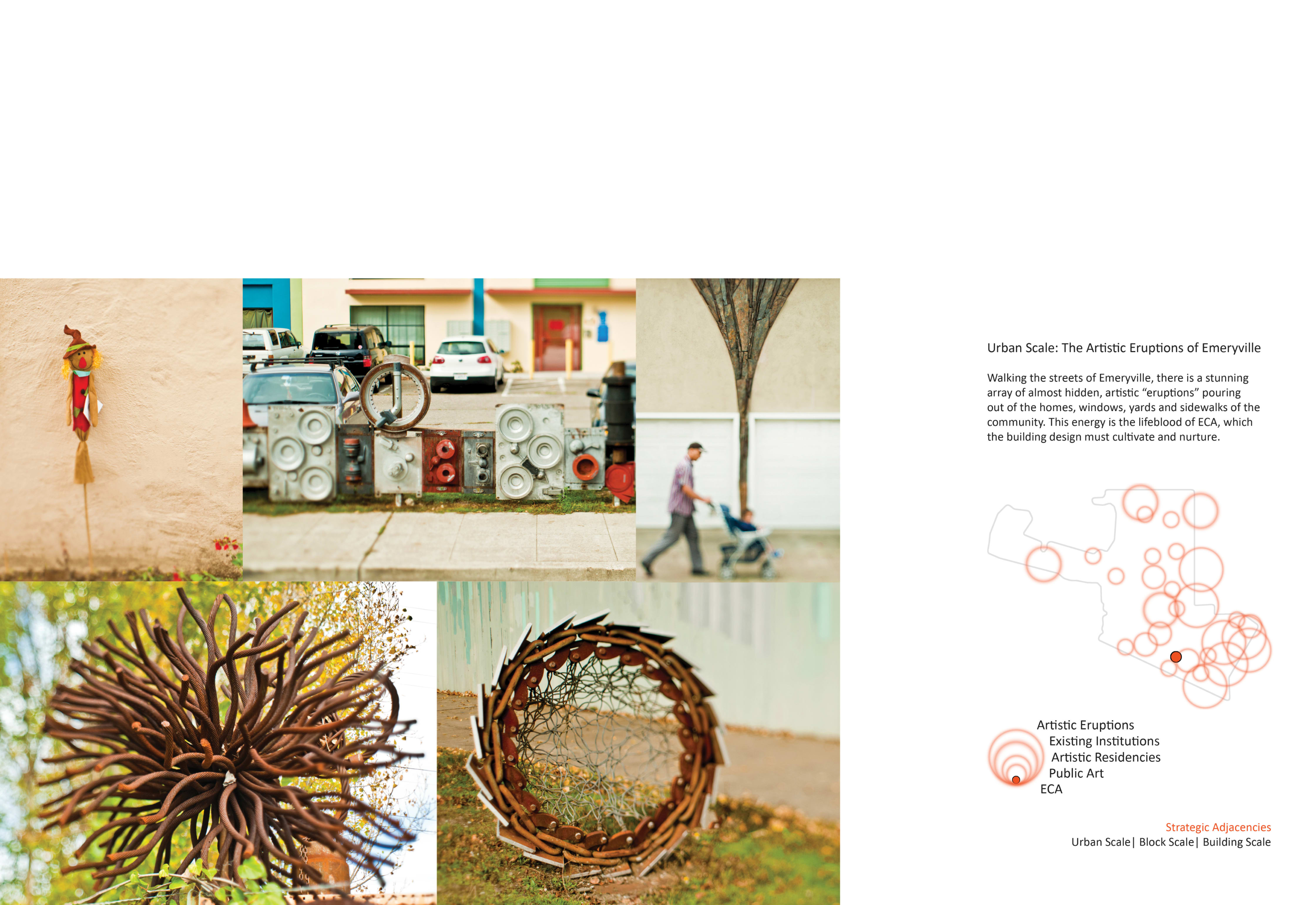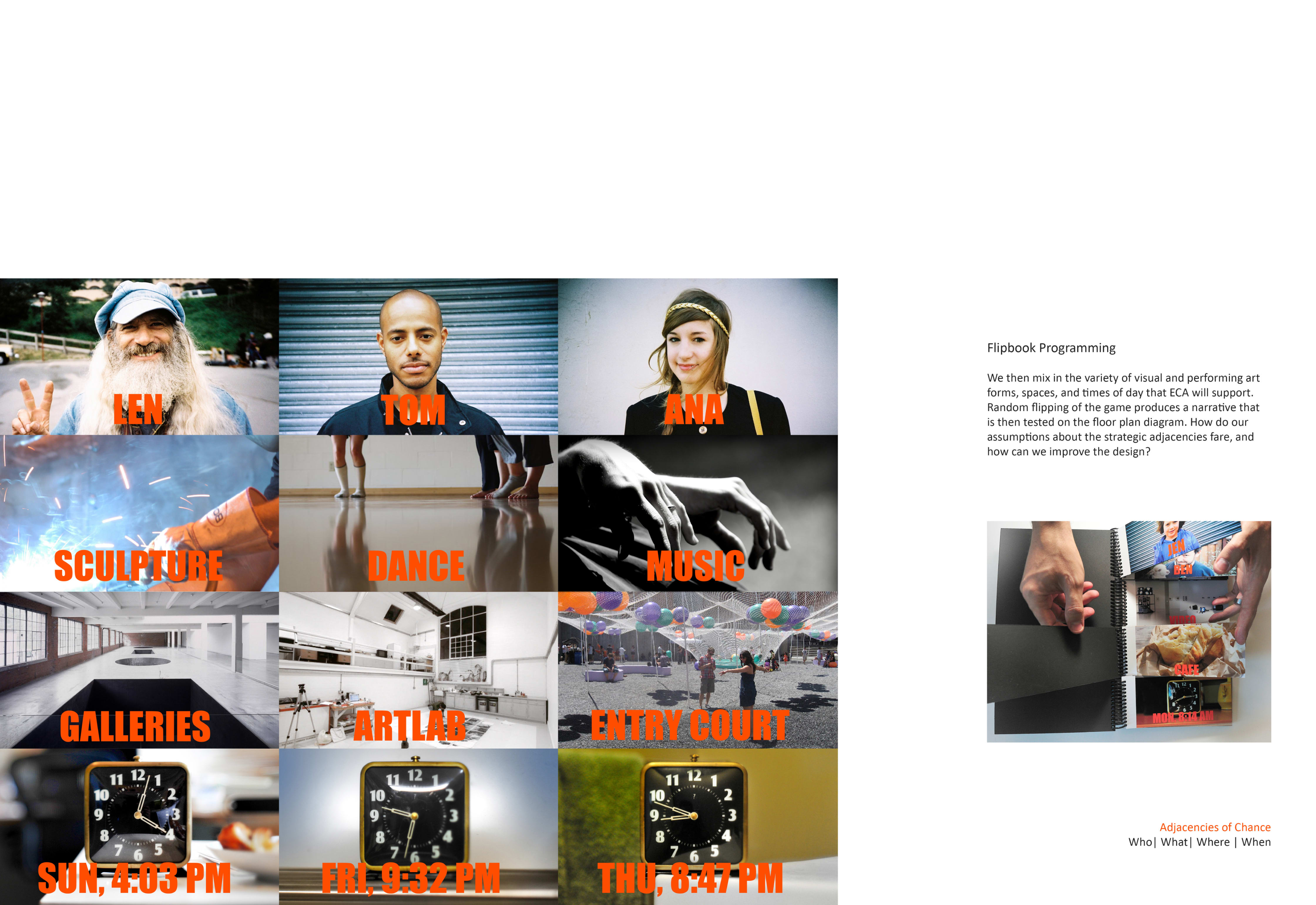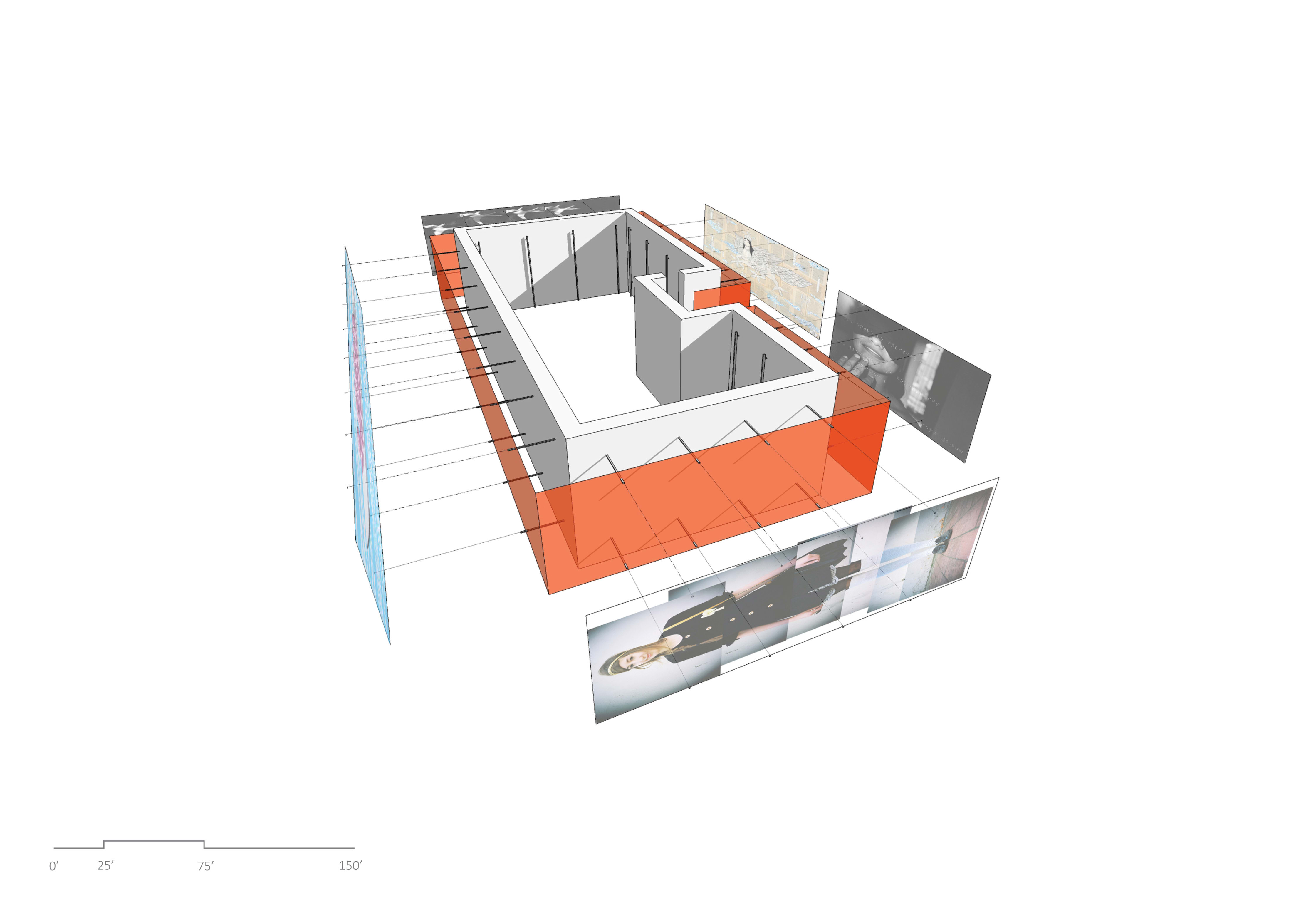Onomatopoeic Space: I Make My Own Name
Some words take shape directly from the expressiveness of the sounds they name –WHAM! POW! SPLAT! Poets often use these onomatopoeic words to engage us with the images they hope to create in our mind’s eye. This idea –that the construction of a word could be intimately tied to the image it evokes– made us wonder if there might be a corollary in architecture. In other words, a kind of space directly formed by the artistic impulses it houses –a space in which art, artist, community, and environment are as expressive as the words BAM! BANG! BOOM! –an Onomatopoeic Space.

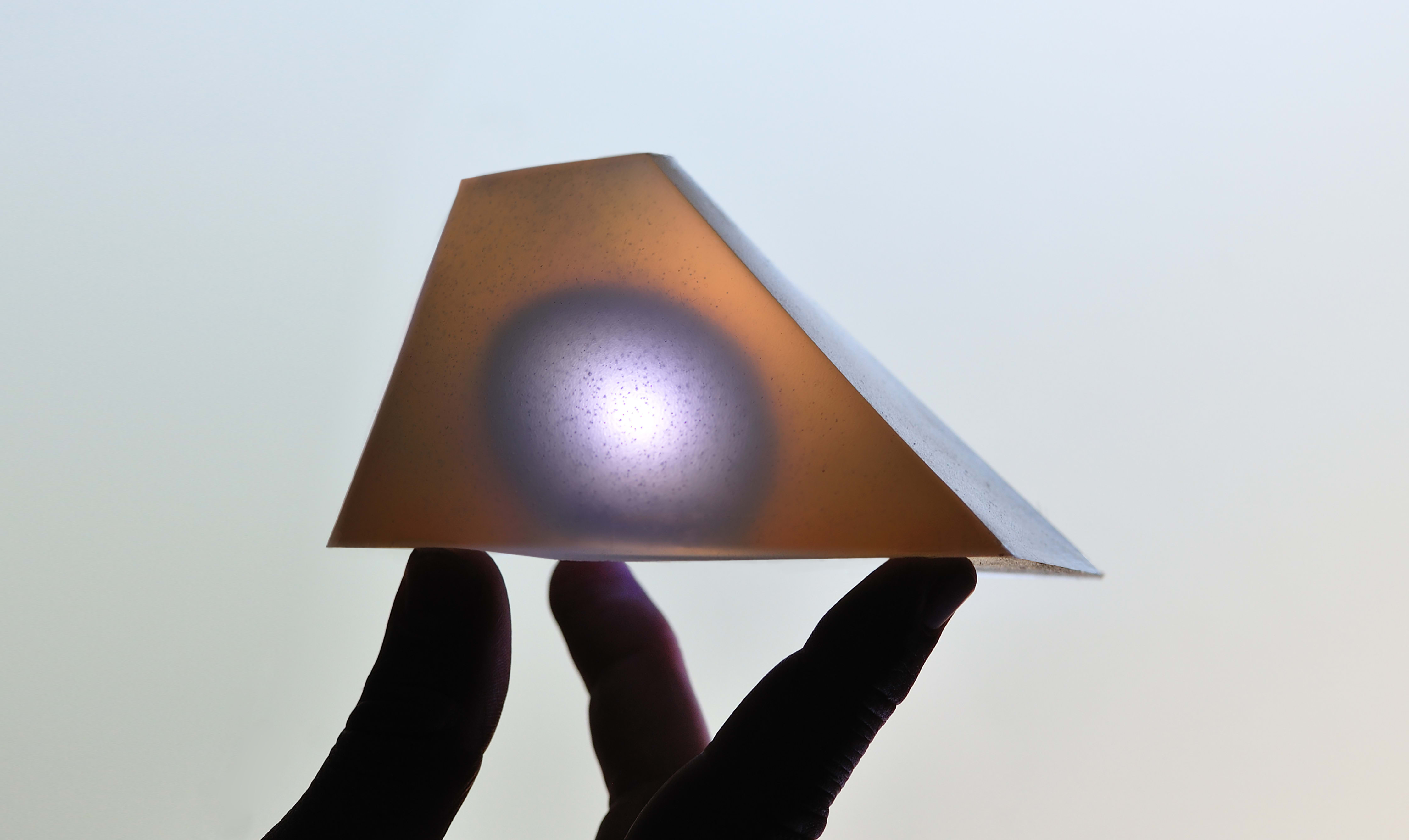


ECA’s mission nurtures cultural literacy through community engagement with art. Taking this charge to heart, we explored ways to create a highly engaging space by blurring the lines between the production of art and the community participation with it. Rather than a traditional white gallery space with art installed within it, the spirit of ECA calls for more of an open and interactive workshop environment. How would it be possible for the artistic process and the process of interacting with it be two halves of a greater whole? How could the form of the space directly communicate its essence –just as onomatopoeic words do?
We were one of six firms selected by Emeryville Center for the Arts to take part in this exploratory design process. Please contact us for more detailed information.
To begin the design process, we first looked to the qualities already present in the existing space.



By playing with the flipbook, new and unexpected possible combinations of people, activity, spaces and moments of day and night emerge. We wanted to help the Center for the Arts begin to expand their ideas about the possible interactions among the community, the artistic programs, the space and its use.
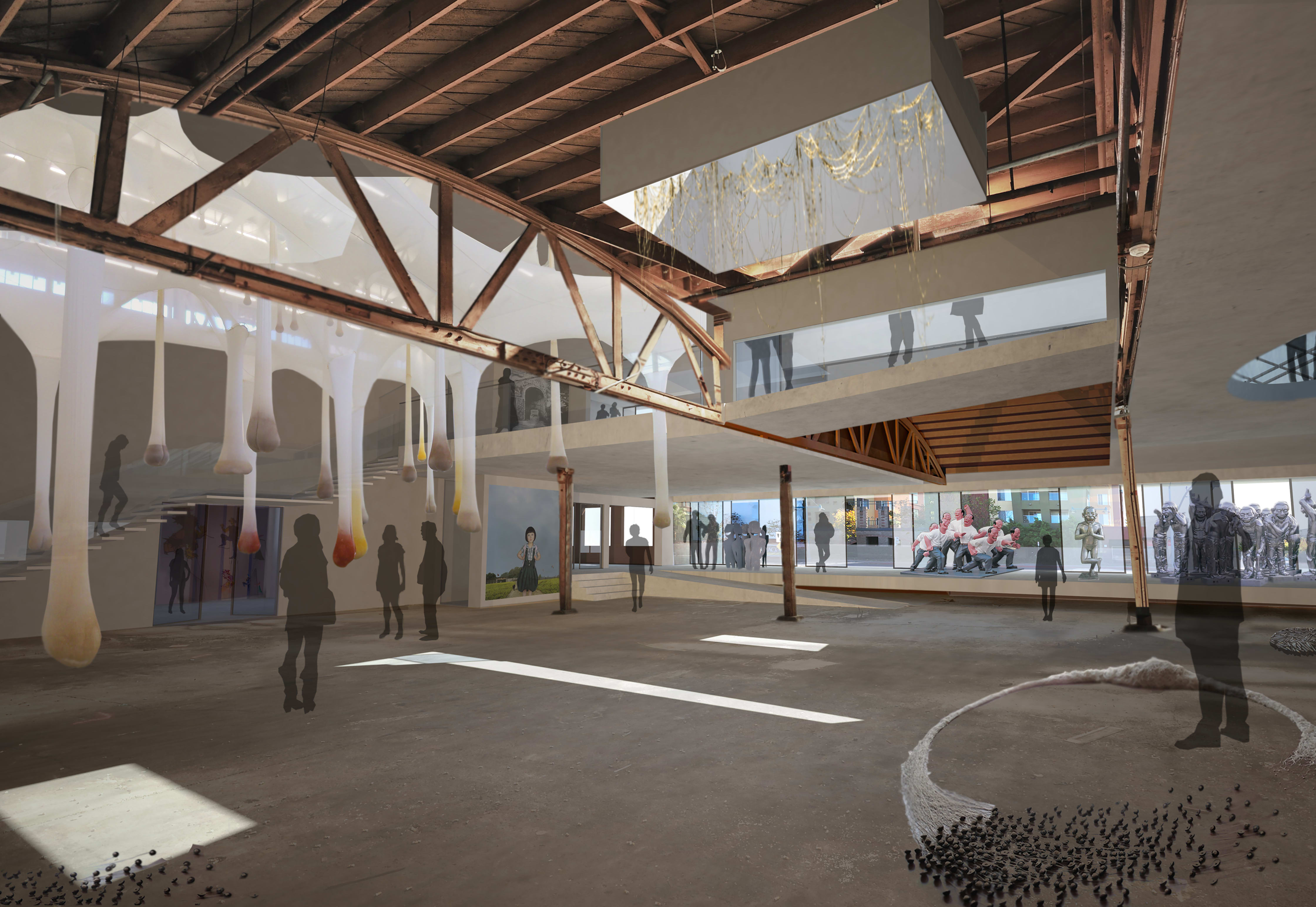

The resulting Onomatopoeic Space is meant to be visceral, somewhat profane, and bursting at the seams with creative utterances –WHAM! POW! SPLAT!

